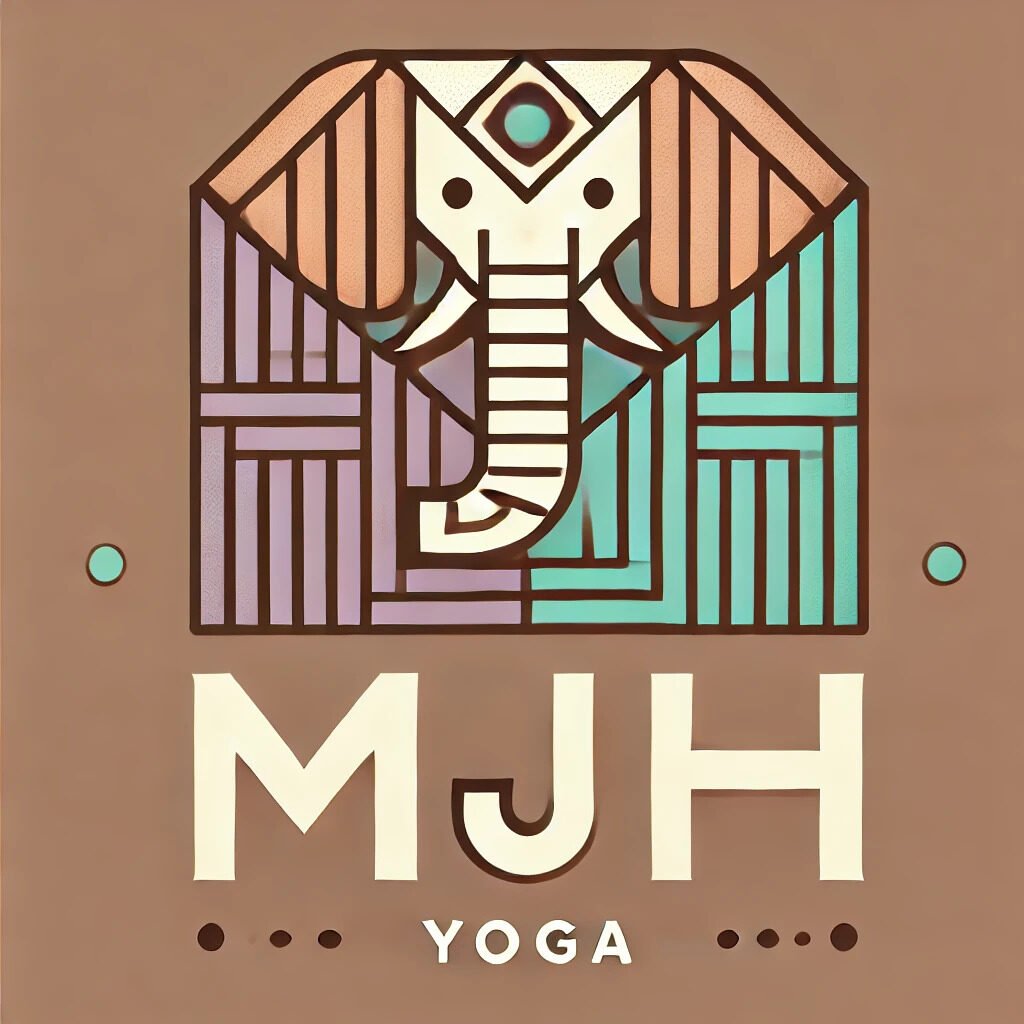Understanding Healthy and Restricted Breathing in Yoga Practice
Understanding Healthy and Restricted Breathing in Yoga Practice
Introduction to Breathing
Breathing is not just a physical act; it has profound physiological and emotional effects.
- Every system in the body is influenced by breathing.
- Unlike other autonomic functions, we can consciously control our breath.
- Managing our breath offers ways to reduce stress and cope with pain.
- Research shows breathing patterns directly impact emotions.
BREATHING AFFECTS EVERYTHING!
As Donna Farhi states, “Breathing affects your respiratory, cardiovascular, neurological, gastrointestinal, muscular, and psychic systems and also has a general effect on your sleep, memory, energy level, and concentration.” Every aspect of our lives is intertwined with the rhythm of our breath.
BREATHING NOURISHES CELLS & OPTIMIZES BODILY FUNCTIONING
Proper breathing nourishes our cells and enhances bodily functions. Dr. Arthur C. Guyton emphasizes its importance for overall health.
AN AUTONOMIC FUNCTION THAT CAN BE CONTROLLED AT WILL
Your brainstem controls breathing, along with other vital autonomic functions. However, it’s unique because we can consciously manipulate it. Larry Payne notes that when we gain control over our breathing, we also gain influence over other bodily functions – especially stress reduction and pain management.
CONSCIOUSLY CHANGING THE BREATH LEADS TO BIG CHANGES
Kelly McGonigal points out that changing our breath can lead to significant improvements in how our mind and body function, from lowering stress hormones to reducing pain sensitivity.
STUDY: HOW YOU BREATHE IS HOW YOU FEEL
A study demonstrated the correlation between emotions and breathing patterns. Participants’ emotions changed when they altered their breathing, showing the powerful connection between how we breathe and how we feel.
Restricted Breathing
Introduction
Many students may not be aware of natural and free breathing. Often, unconscious breathing is restricted and incomplete. Before they can engage in pranayama, they need to experience genuine, unrestricted breathing.
PERFECT BREATH
Observing resting animals or young children reveals an understanding of optimal breathing: it’s rhythmic, efficient, and uses the diaphragm. Dr. Belisa Vranich explains that adults often lose this natural breathing due to chronic tension and stress.
MANY PEOPLE DON’T KNOW HOW TO BREATHE
It’s common for students to realize they struggle with their breath during their first yoga class. For some, it takes weeks of practice before they learn to breathe fully to the bottom of their lungs. Amy Weintraub highlights this struggle, noting that many people do not truly know how to breathe.
BREATHING CORRECTLY IS THE MOST FUNDAMENTAL ASPECT OF HEALTHY LIVING
Dr. Andrew Weil states, “If I had to limit my advice on healthier living to just one tip, it would be simply to learn how to breathe correctly.”
Potential Causes for Breathing Issues
Some factors contributing to inefficient breathing include:
- Excessive sitting
- Poor posture
- Sucking in the belly
- Tight clothing
- Chronic stress and tension
- Fast-paced living
- Past injuries or trauma
THE BREATH SHOULD NATURALLY MOVE THE BODY
Ann Swanson explains that society often trains us to breathe inefficiently. As children, we breathed naturally, but we tend to adopt shallow, quick breaths as adults, which carries negative health implications.
Effects of Restricted Breathing
Poor breathing can lead to:
- Neck and shoulder pain
- Difficulty concentrating
- Increased anxiety and blood pressure
- Exacerbation of chronic pain
- Lower energy levels
- Digestive issues
- Sleep disorders
Constricted Breathing Patterns
Breathing can be inhibited in various ways:
-
Reverse / Paradoxical Breathing: The abdomen contracts on inhalation instead of expanding. This can lead to less air intake and issues like insomnia and elevated blood pressure.
-
Chest / Clavicular / Vertical Breathing: The abdomen is held in, limiting diaphragmatic movement and forcing the breath to be shallow, primarily in the chest area. This pattern often results from stress or a desire to appear thinner.
-
Periodic / Hypoxic Breathing: The breath is held periodically without conscious awareness, often linked to stress-induced concentration.
-
Catching the Breath: This involves a noticeable pause in the inhale, typically due to tension or stress.
-
Over-Breathing / Hyperventilating: Characterized by a high breath rate, either with long exhales and short inhales or vice versa.
-
Running Out of Breath: Novices may find difficulty slowing their breath. With practice, this often corrects itself, allowing for a more balanced inhalation.
More From the Experts
THE BREATH & RELEASE OF EMOTIONS
Max Strom notes that breath-initiated movement can release stored emotions, leading to greater understanding and resolution of past experiences.
WHAT MAKES IT YOGA?
Leslie Kaminoff emphasizes that true yoga integrates movement, mind, and breath consciously. Without this connection, it lacks the essence of yoga.
HELP STUDENTS FEEL THEMSELVES
Ana Forrest suggests focusing on helping students feel their bodies through breath. This foundational aspect of practice allows the mind to quiet and enhances self-awareness.
HATHA YOGA PRADAPIKA
As stated in the Hatha Yoga Pradapika: “When the breath is irregular, the mind wavers; when the breath is steady, so is the mind.”
BREATH + AWARENESS CAN ENHANCE THE FLOW OF ENERGY
Bernie Clark notes that breath is life. It not only nourishes our cells but also enhances energy flow within the body. Awareness combined with breath can amplify the benefits of our practice.
Understanding the dynamics of healthy and restricted breathing in yoga practice is essential for nurturing well-being. By cultivating awareness around our breath patterns, we can enhance our physical, emotional, and spiritual health. For deeper insights into this topic, refer to the comprehensive guide here.

